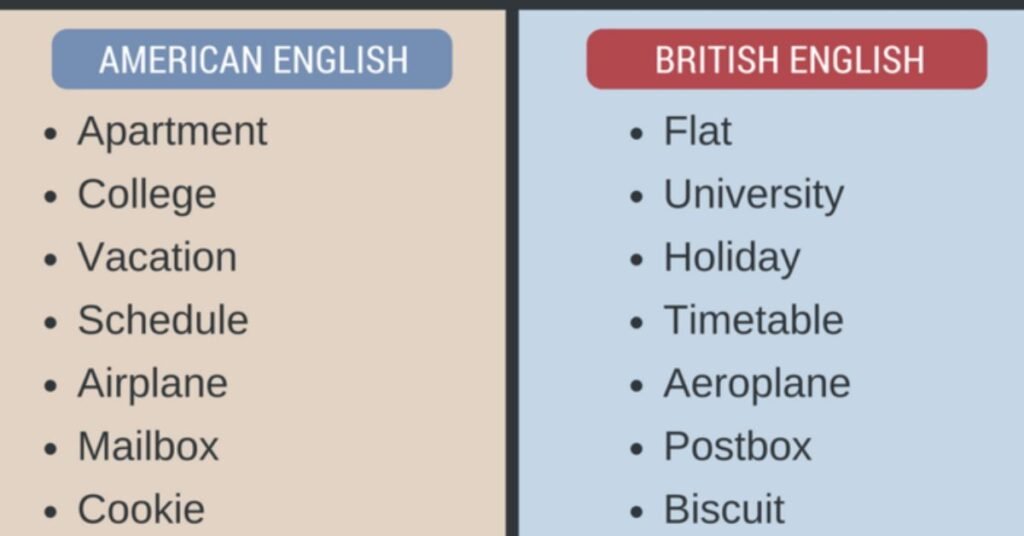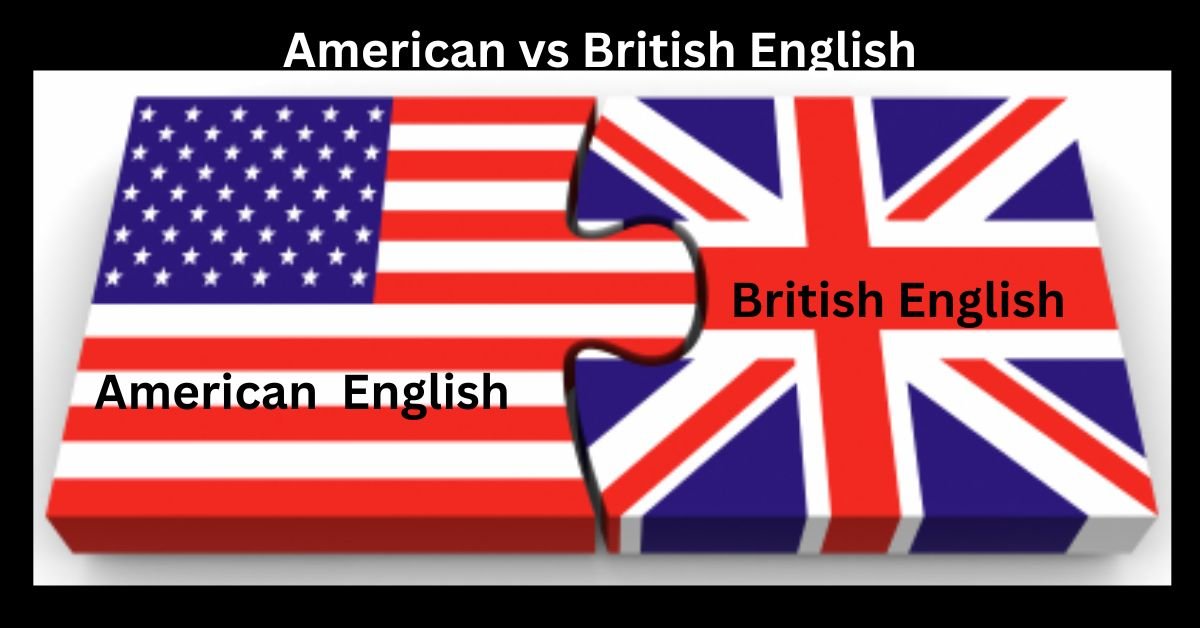American vs British English: A Tale of Two Tongues
The English language, a powerful tool that connects billions across the globe, boasts a fascinating diversity. This diversity is perhaps most evident when we explore the vibrant dance between American English (AmE) and British English (BrE). These two seemingly similar dialects, though sharing a common ancestor, have evolved along distinct paths across the Atlantic Ocean, resulting in a symphony of accents, vocabulary choices, and even grammatical nuances.
Delving into the world of American vs British English is not just about mastering the difference between a “lift” and an “elevator” or “chips” and “French fries.” It’s a journey into the rich tapestry of the English language, a journey that empowers you to navigate the global stage with confidence and appreciate the subtle artistry woven into everyday communication.

Pronunciation: A Symphony of Accents
The most striking difference lies in pronunciation. Here’s a peek into the melody of each dialect:
- The Great “R” Debate: Perhaps the most iconic distinction is the treatment of the letter “r.” BrE often swallows the “r” after vowels, creating a softer sound (think “caah” for “car”). In contrast, AmE proudly belts out its “r”s (think “hard” for the same word).
- Vowel Variations: The “a” in words like “bath” and “dance” takes on a broader sound in BrE, while AmE keeps it flatter. Similarly, the “o” in “hot” can morph into a diphthong like “aw” in BrE, whereas AmE retains a shorter “o” sound.
- Beyond the Basics: Even everyday words can sound quite different. BrE speakers might ask for a “rubbish bin” (trash can), while their American counterparts reach for the “garbage can.”
Vocabulary: A World of Words
The Atlantic also serves as a vocabulary dividing line. Here are some common examples that might elicit a raised eyebrow on the other side of the pond:
- Everyday Items: Across the pond, the trunk of your car becomes a “boot,” French fries morph into “chips,” and an apartment transforms into a “flat.” BrE speakers might fancy a cuppa (tea), while their American counterparts might grab a coffee.
- Verbs and Nouns: BrE uses “trousers” for pants, and “crisps” for potato chips. Americans might “rent” an apartment, while the British would “let” it.

Grammar: Subtle Nuances
Grammar presents a subtler battleground. While both dialects share the core structure, a few key points set them apart:
- Collective Nouns: BrE allows collective nouns like “government” or “team” to be treated as singular or plural (“The government is…” or “The government are…”). AmE leans towards the singular construction.
- Past Participles: Verbs like “get” have a slight difference. BrE often uses “got” for the past participle (“I’ve got it”), while AmE might use “gotten” (“I’ve gotten it”).
- Prepositions: BrE might use “at” for both time and place (“meeting at the office at 2 pm”), while AmE often uses “on” for time (“meeting on Monday”) and “in” for place (“meeting in the office”).
Spelling: Variations on a Theme
Even spelling reflects the historical divergence. Here are some common examples:
- The Color Conundrum: Notice the “u” in “colour” and “flavour” (BrE) versus the simplified “color” and “flavor” (AmE).
- Double Trouble: BrE embraces double consonants in words like “travelled” and “cancelled,” while AmE streamlines them to “traveled” and “canceled.”
Beyond the Differences: A Bridge of Understanding
Despite these variations, US and UK English remain remarkably close. The core vocabulary and grammar are largely interchangeable, ensuring smooth communication between native speakers. This mutual intelligibility is a testament to the language’s shared roots and ongoing evolution.

Top Tips for Transatlantic Communication
- Know Your Audience: When writing or speaking, consider your target audience. Tailoring your language can enhance clarity and avoid confusion.
- Embrace Clarity: If unsure, opt for simpler, universally understood words and grammar.
- Dictionaries are Your Friend: Consult online dictionaries like Merriam-Webster (US) and Oxford English Dictionary (UK) to verify spellings and usage.
Conclusion
The distinctions between American and British English, far from being hurdles, are melodies waiting to be harmonized. By appreciating these differences, you not only gain a deeper understanding of the language itself, but also unlock the rich tapestry of cultures it represents. Imagine effortlessly navigating conversations across the Atlantic, understanding the subtle nuances of a British “lift” versus an American “elevator,” or appreciating the humor in the different terms for “chips” (potato crisps) on either side of the pond.
The more you explore American vs. British English, the more you become a champion of clear communication and a bridge between these two vibrant English-speaking worlds. So, let the differences inspire you to become a versatile and inclusive communicator, ready to celebrate the symphony of accents and the tapestry of vocabulary that make English a truly global language.











Merely wanna admit that this is extremely helpful, Thanks for taking your time to write this.
Woah! I’m really loving the template/theme of this website. It’s simple, yet effective. A lot of times it’s tough to get that “perfect balance” between user friendliness and visual appearance. I must say you have done a excellent job with this. Additionally, the blog loads extremely fast for me on Safari. Outstanding Blog!
Hi, Neat post. There’s an issue along with your web site in internet explorer, would test thisK IE nonetheless is the marketplace chief and a large component of other folks will miss your excellent writing because of this problem.
I am glad to be a visitant of this sodding weblog! , regards for this rare info ! .